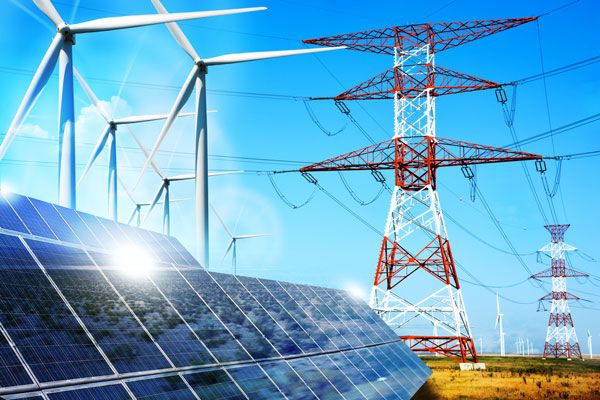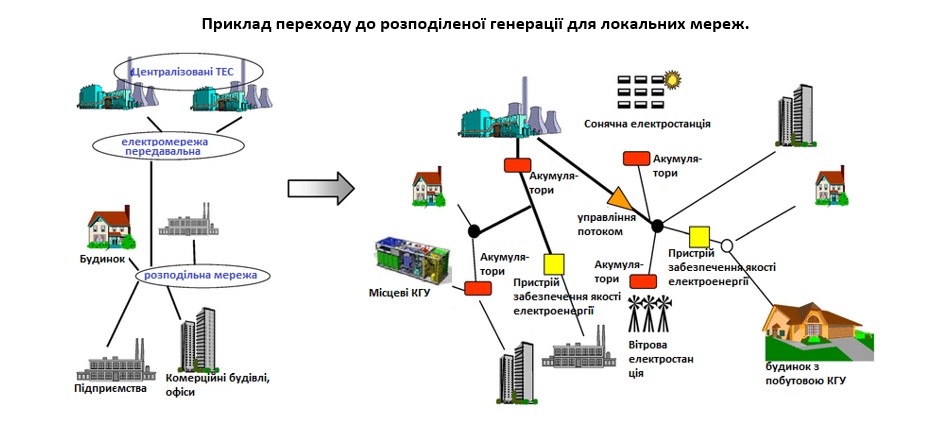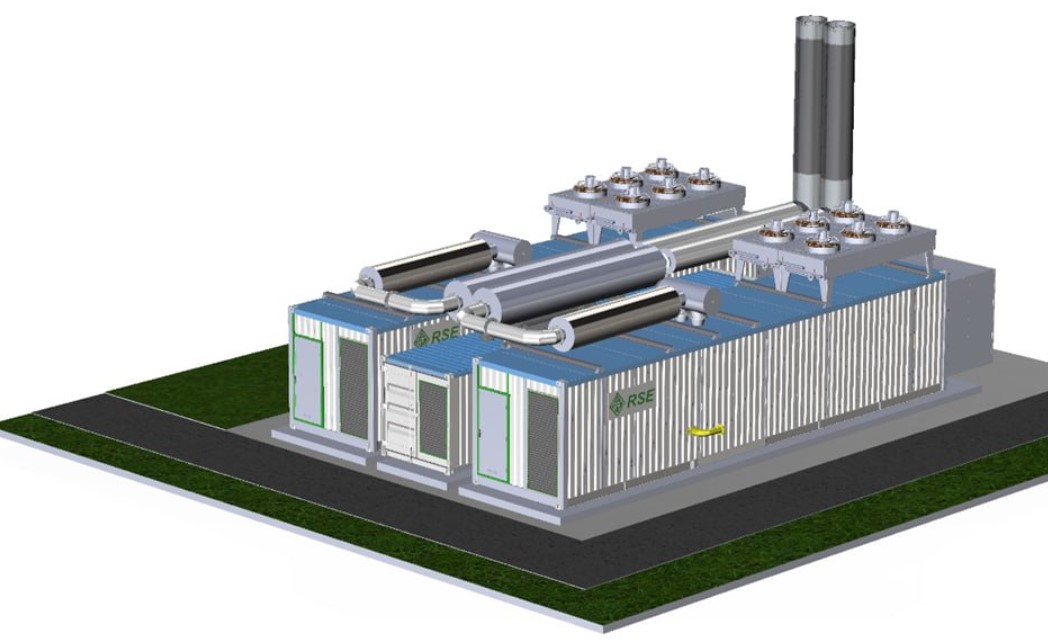
Energy: the move towards decentralized grids
Russian missile strikes have destroyed almost half of Ukraine's energy infrastructure—a highly centralized grid consisting of large-scale nuclear, coal, and gas plants, many of which are located in the country's conflict zones. Reconstructing these plants could take years.
The Ukrainian government recently announced that building a decentralized and diversified energy system—one that would be more resilient in the face of military attacks or natural disasters and capable of enhancing energy security while promoting a transition to renewable energy sources (RES)—will be a primary goal and priority moving forward. This also points to Ukraine's untapped potential for solar and wind energy and other renewable sources, such as biomass and hydropower.
Faced with chronic electricity shortages during the 2022–2023 heating season and rising electricity costs, Ukrainian communities are already looking for ways to develop local electricity production. Diesel and gasoline generators were the fastest and easiest solution for powering critical infrastructure, such as water facilities, heating systems, and telephone masts, as well as anchor institutions, especially hospitals and schools.
But with growing demand, generators have become expensive and highly polluting. Many communities are increasingly turning their attention to solar photovoltaic panels, battery systems, and heat pumps in hospitals and other critical infrastructure facilities as a long-term, cost-effective, and environmentally friendly alternative. Hybrid solutions that include generators as backups also have a place.
Some cities and regions are also considering the production of renewable energy by processing biomass to obtain biogas and biomethane. This method currently accounts for less than 2% of Ukraine's energy balance but has great potential for growth, given the country's large-scale agricultural production. In the Kyiv region, the use of biomass could save about 43% of the current annual level of fossil fuel consumption.
Local and community efforts are contributing to the emergence of a distributed energy architecture in Ukraine. Although this new system is in its infancy and far from formalized, with proper support, it could become a testing ground and a model for the energy transition in Europe.
The EU's climate goals will require a restructuring of the bloc's energy supply and consumption towards flexible, networked, and local forms of clean energy production, which will take time to implement. Under the pressure of war and the need for reconstruction, Ukraine is transitioning much faster. In the future, the systematic decentralization of Ukraine's energy grid will require detailed data on local energy supply and demand, as well as proper plans and documentation for local energy infrastructure.
Ukraine's decentralization reforms over the past decade, which have been supported by international states, should not be undermined by an overly centralized recovery. Such sustainable solutions will create new jobs and economic opportunities in a sector with great potential for growth. Given that more than 70% of Ukrainians live in cities and the level of urbanization is steadily increasing, a successful green recovery will mainly depend on the active participation of local leaders and residents in decision-making, planning, and resource allocation.
The EU Mission for Climate-Neutral and Smart Cities is a flagship initiative of the Green Deal that supports efforts in more than 100 European cities to become climate-neutral by 2030, two decades ahead of the bloc's 2050 target. As major sources of emissions and centers of innovation, cities have everything they need to lead Europe's decarbonization. Ukraine's aspirations for a green recovery could significantly benefit from adopting a similar approach.
Thus, distributed electricity generation is an important tool in ensuring energy security in the context of military conflict. This approach involves placing small generating capacities directly at the points of electricity consumption. It allows reducing the vulnerability of the energy system to attacks and preventing possible losses by restoring supply at the level of local consumers.

An Example of the Transition to Distributed Generation for Local Grids
One of the key elements in distributed generation is ensuring the balancing of the entire system. In this context, combined heat and power (CHP) gas piston units are an effective solution, providing not only electricity but also thermal energy for various sectors, which makes them a key element in distributed generation systems.
Combined heat and power (CHP) gas piston units are highly efficient technologies that simultaneously produce electricity and heat. This process is based on the use of gas or other renewable fuels (biogas, biomethane, etc.) to run a piston engine that generates electricity and also thermal energy through cogeneration. This allows for a significant increase in fuel efficiency compared to traditional methods of energy production.
In distributed generation systems, CHP units are especially useful. One of the main advantages is that the heat produced during electricity generation can be used for heating industrial enterprises, residential buildings, or even for cooling processes in industrial plants. This significantly increases the overall efficiency of energy use and allows for resource savings.
Small and medium-capacity cogeneration units should be considered an integral part of the concept of distributed generation in the national energy production system. In particular, such cogeneration units, especially if they are installed on the basis of municipal centralized heating facilities, provide the utility company with its own energy, thereby increasing the utility company's resilience to power outages, providing opportunities to power local critical infrastructure, and reducing vulnerability to blackouts. At the same time, surplus electricity can be fed into the grid. This resilience and independence make them a valuable addition to distributed generation systems, especially in the context of military conflicts or natural disasters.
Advantages of combined heat and power gas piston units:
- Ideal for areas without existing infrastructure;
• Quick project implementation from start of construction to launch (up to 7 months or even less);
• Flexible scalability, quick disassembly if necessary;
• CHP units have high availability;
• Economical electricity production and insignificant emissions;
• Short payback period;
• Quick maintenance.

Cogeneration units have excellent characteristics: cheap electricity and heat, proximity to the consumer, no need for expensive power lines and substations, environmentally friendly, mobile, easy to install, and other factors.
Compared to the cost of building new power plants, which costs $3,000 – $5,000 per kW of capacity, the specific cost of 1 kW of capacity of cogeneration units is $500 – $1,000 / kW.
The "Clear Energy Group" LLC group of companies has extensive experience in implementing projects for the production of electricity and heat using combined heat and power gas piston units and biomass thermal power plants. Today, our company is implementing some of the most efficient cogeneration units from a German manufacturer—MWM. MWM units have excellent efficiency indicators, which in total reach about 88%.
The company is ready to share its experience in implementing such projects and offer energy-efficient solutions, including combined heat and power gas piston units, on various types of fuel (gas, biogas, fuel chips, straw, husks, etc.).

